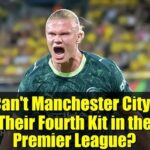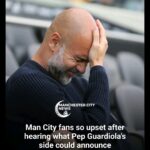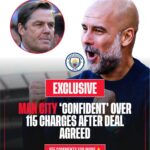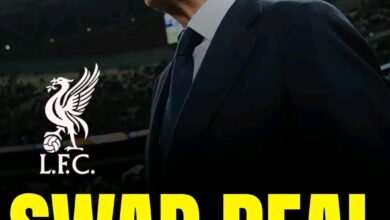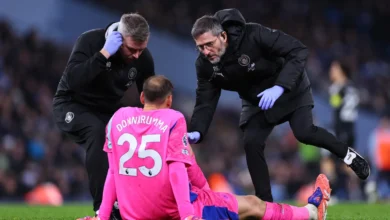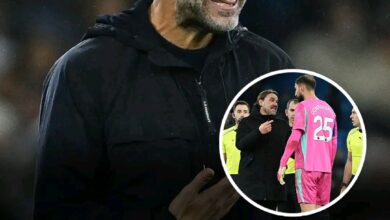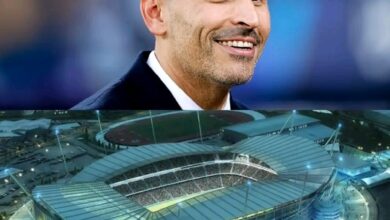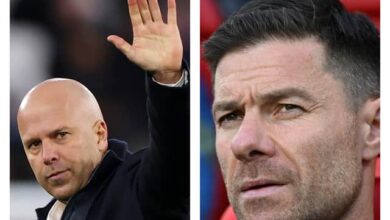Tottenham Hotspur may have left money on the table after £450m deal
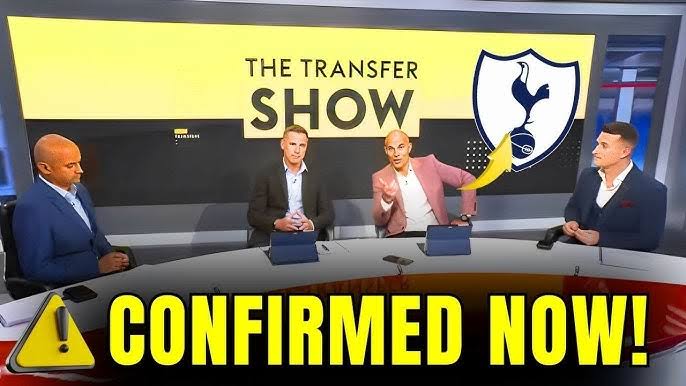
Tottenham Hotspur signed a significant 15-year kit deal with Nike in 2018, which was announced to be worth approximately £30 million annually, amounting to a total of £450 million. At the time, this deal provided a stable financial foundation for the club, especially as they had incurred substantial debt to finance the construction of the new Tottenham Hotspur Stadium. The long-term commitment from a well-known brand like Nike was reassuring for lenders, ensuring that the club could access the necessary credit when needed.
One of the reasons Spurs entered this deal was to secure guaranteed revenue over a long period, particularly important given their financial obligations. However, the decision to keep their merchandising rights in-house also influenced the overall financial picture. While many rival clubs opted to sell their merchandising rights, which inflated their headline figures, Spurs chose a different path. This meant that they didn’t benefit as much from the global shirt sales that clubs like Liverpool and Manchester United enjoy. Consequently, Spurs acknowledged that their shirt sales were not on par with these clubs, impacting how much they could realistically expect to earn from a kit partnership.
The arrangement with Nike allowed Spurs to collaborate with one of the largest sportswear manufacturers in the world. This partnership was crucial for the club’s strategy to expand its merchandise sales, especially in overseas markets like East Asia, where the popularity of players like Heung-min Son has driven demand. By aligning with Nike, Spurs aimed to enhance their global brand presence and meet consumer demand more effectively.
However, as the kit partnership landscape has evolved, it appears that Spurs may have left money on the table. The recent announcement of Liverpool’s switch from Nike to Adidas for a deal potentially worth £60 million per year, which could escalate to £90 million with incentives, highlights the growing financial stakes in the market. Liverpool’s deal is structured over a shorter timeframe than Spurs’, suggesting a significant financial boost for them. In contrast, Tottenham’s long-term agreement with Nike could prevent them from capitalizing on the increasing value of such deals.
Manchester United currently holds a substantial £90 million-per-year deal with Adidas, which includes various performance-related clauses that could affect the final amount. Arsenal’s deal with Adidas is worth about £75 million annually, while Manchester City has a long-term contract with Puma at around £65 million per season. These figures showcase the disparity between what rival clubs are earning and what Spurs locked in years ago.
As the kit partner market continues to grow, Nike’s decision to retain only Spurs and Chelsea among the Premier League’s “big six” may affect the future of Tottenham’s partnership. With Liverpool now aligned with Adidas, Nike might be less inclined to increase their offer to Spurs to maintain a strong presence in the league. This could limit the potential for Spurs to renegotiate their deal in the future.
While Spurs have secured financial stability through their long-term contract, they may miss out on the higher earnings that their rivals are now achieving. The balance between guaranteed revenue and maximizing income potential from the ever-evolving kit market has proven challenging. Spurs’ decision to lock in a deal at a lower rate may protect them from sudden market downturns, but it also restricts their ability to adapt to the booming landscape of sports sponsorships.
Ultimately, Tottenham Hotspur’s choice to enter a lengthy contract with Nike reflects a strategic decision to prioritize stability over immediate gains. The club’s leadership recognized the importance of long-term planning, even if it means potentially missing out on lucrative opportunities in the short to medium term. As the football landscape changes, Spurs will need to navigate these complexities to ensure they remain competitive both on and off the pitch.
